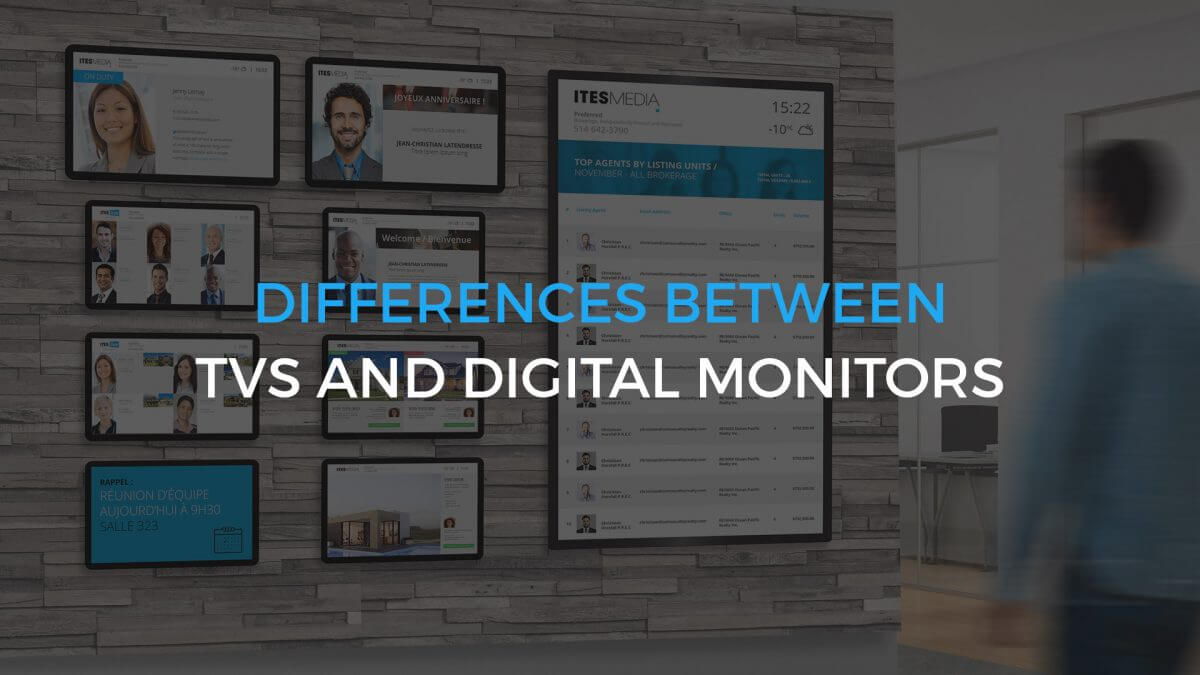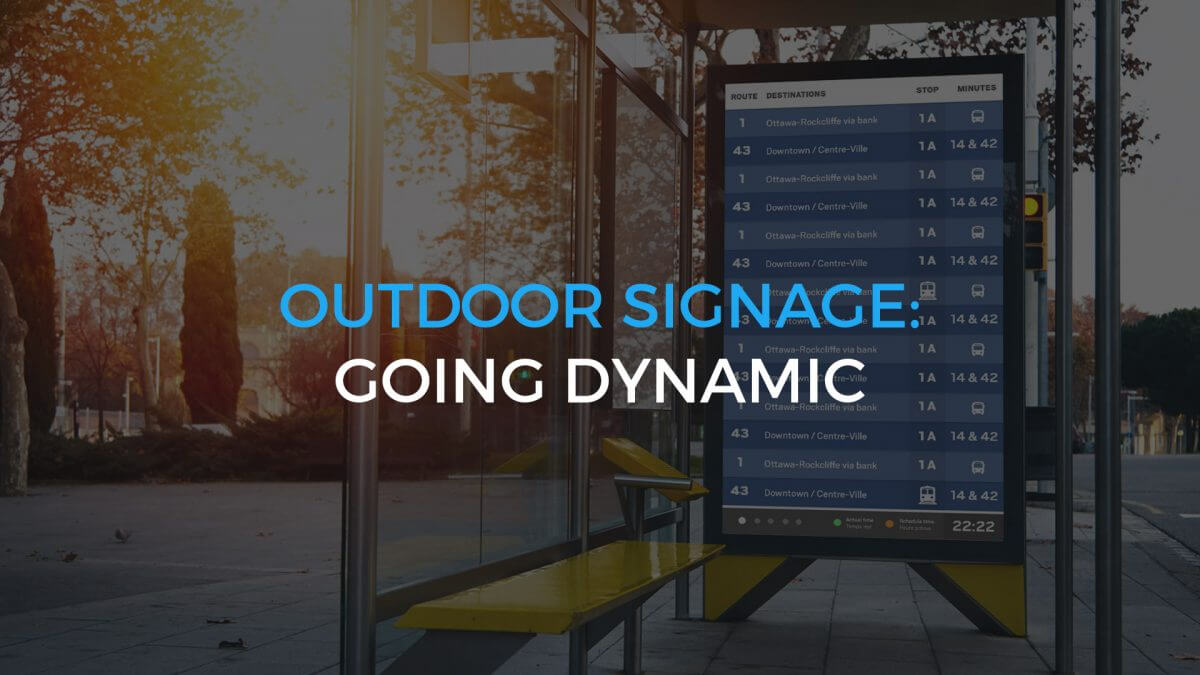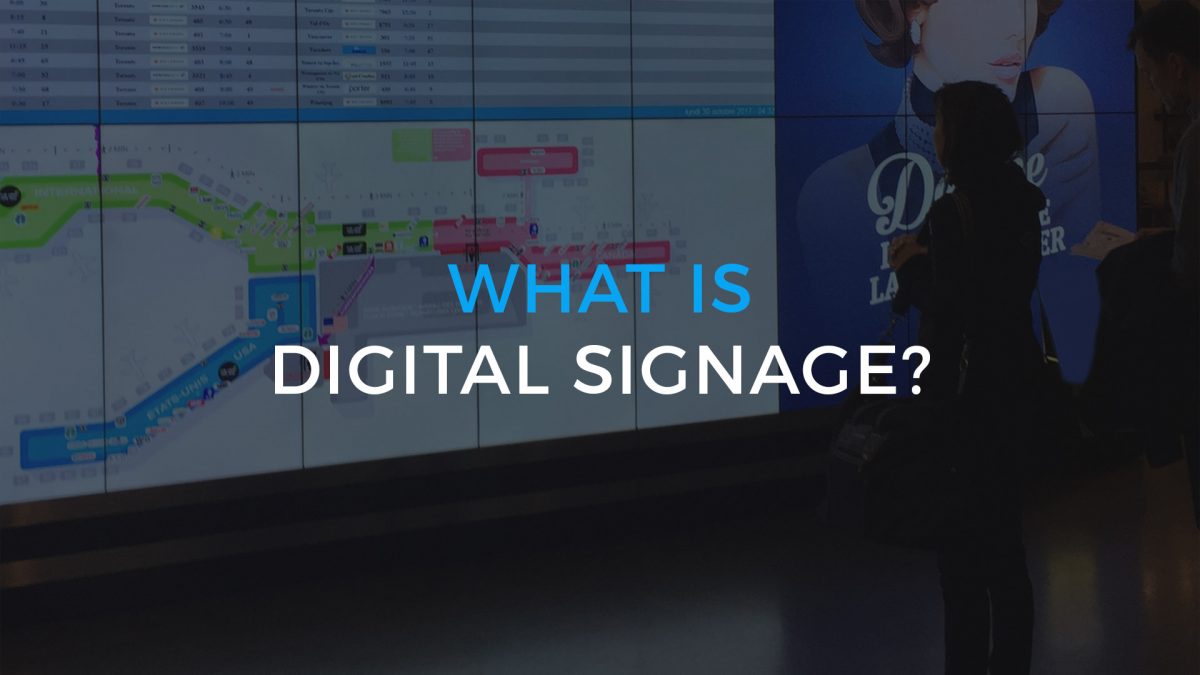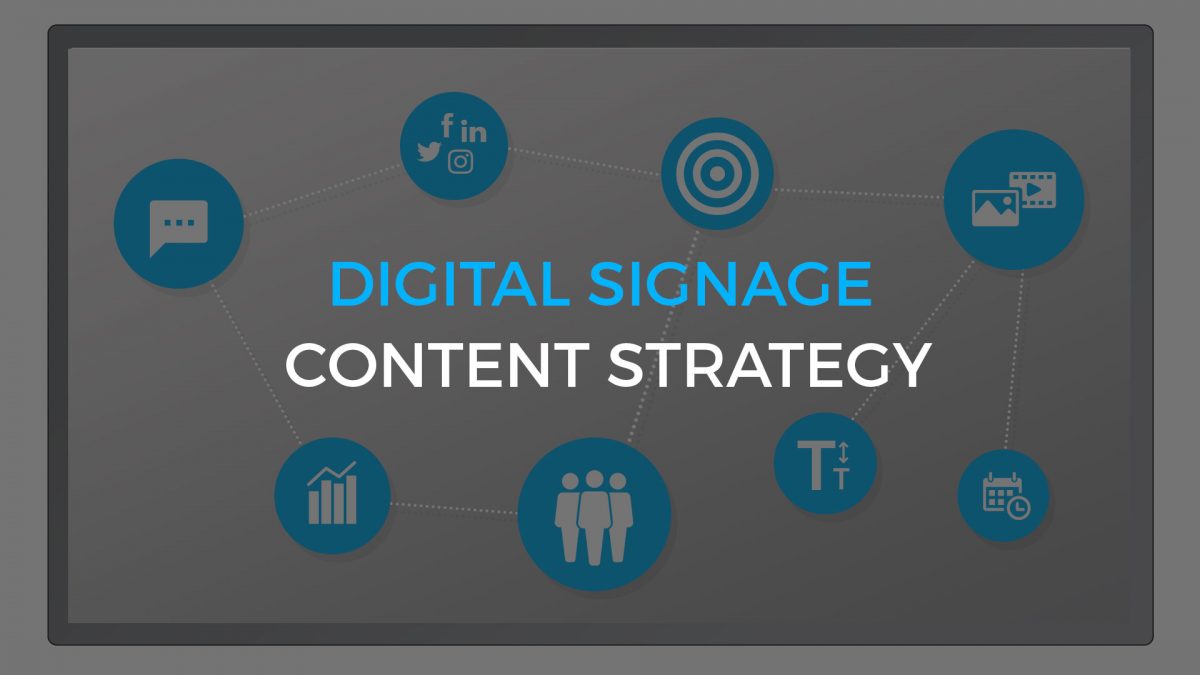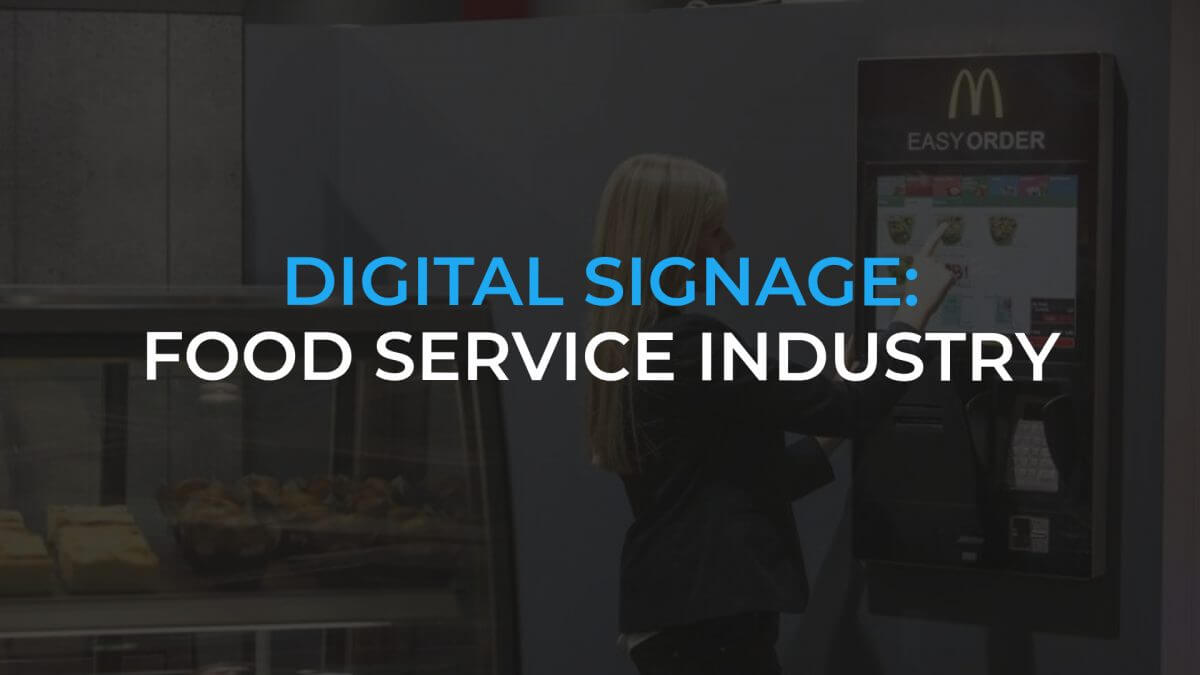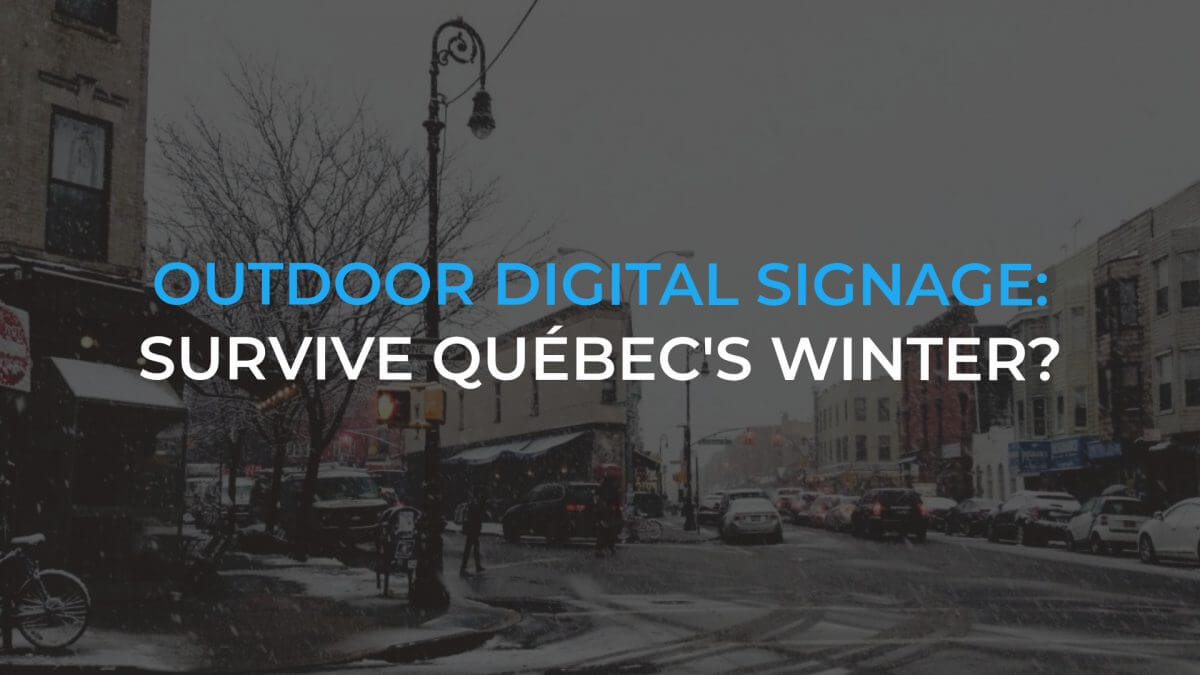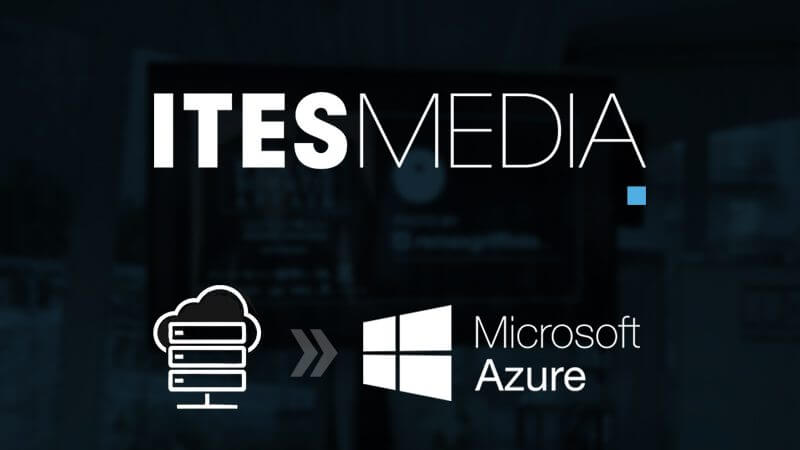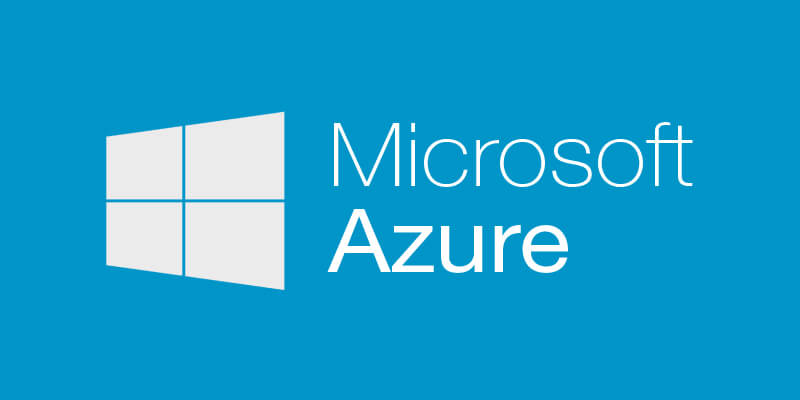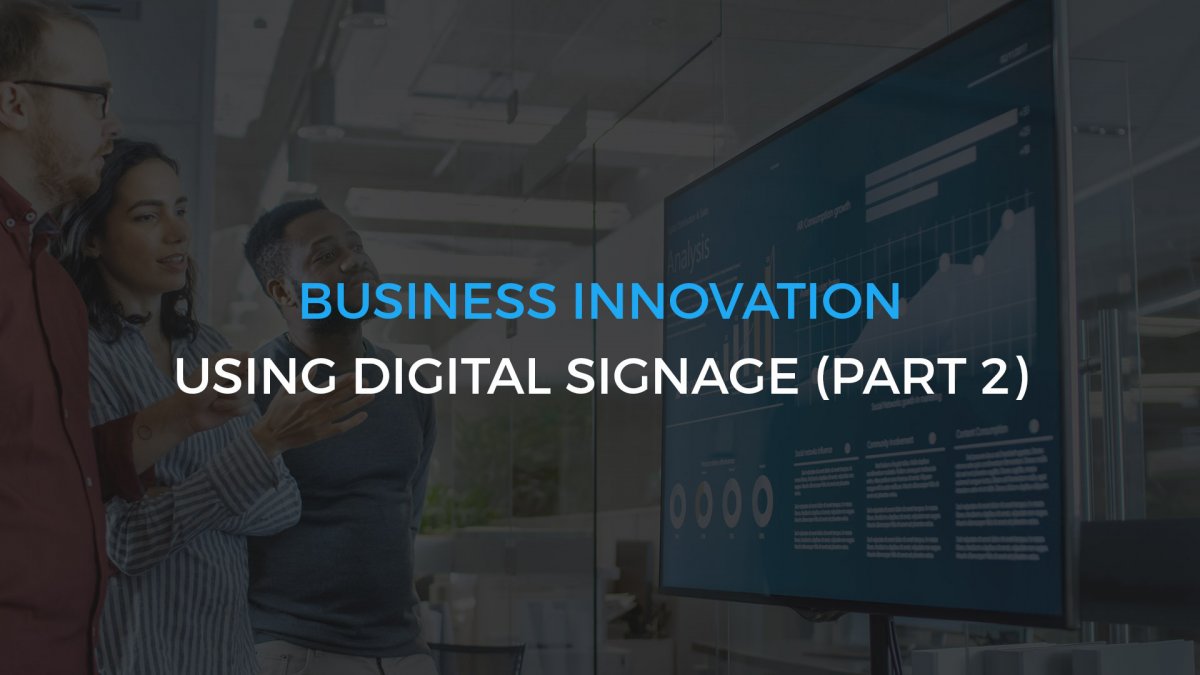You’ve likely heard about podcasts but have you joined the masses and started listening to them yet? Podcasts are a really great way to stay up to date on industry news and trends, professional (and personal) development, to get inspired about a topic of interest, or even just to relax and escape the daily grind.
Here’s a list of five playlist-worthy podcasts for the modern Marketing Communications professional. Whether you are a responsible for office internal communications, marketing communications for your brand globally or in a niche market of manufacturing, real estate or any other industry…these podcasts are worth your time.
1. Gary Vee
Gary Vaynerchuk is an entrepreneur with a portfolio of businesses under his belt. He’s spent his career building multi-million-dollar business. His podcasts cover everything he’s learned along the way from entrepreneurship to social media and more.
2. Kerwin Rae
Kerwin Rae is an entrepreneur, investor, business strategist and international speaker who helps business succeed. His punchy, no-holds-barred, “nothing is impossible” attitude is contagious and motivating, and worth a listen.
3. Scott & Alison Stratten
Scott and Alison Stratten take a bit of a different approach to their podcast. Rather than talking about what to do, they talk about what NOT to do first, which makes way for conversations about what you need to do in your marketing efforts. Hence, UnMarketing.
4. Simon Sinek
Simon Sinek has brought the theme ‘Start with Why’ to the forefront in many businesses. His first TED talk in 2009 is ranked the third most watched on TED.com. He is an optimist, a best-selling author and renowned leader.
5. Harvard Business Review
Harvard Business Review features conversations on women in business, leadership, management, and an advice show on workplace dilemmas. Like their articles, the thought-leadership is both educational and engaging.



